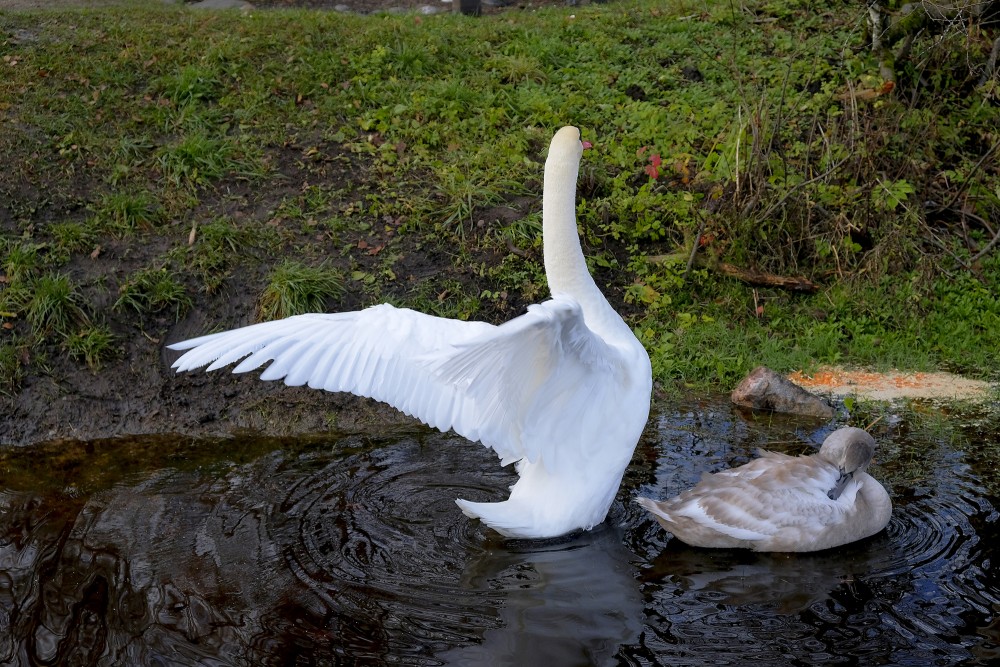Anseriformes
Anseriformes is an order of birds that comprise about 180 living species in three families: Anhimidae (the screamers), Anseranatidae (the magpie goose), and Anatidae, the largest family, which includes over 170 species of waterfowl, among them the ducks, geese, and swans. In fact, these living species are all included in the Anatidae except for the three screamers and the magpie goose. All species in the order are highly adapted for an aquatic existence at the water surface. The males, except for the screamers, also have a penis, a trait that has been lost in the Neoaves. All are web-footed for efficient swimming (although some have subsequently become mainly terrestrial).
| Anseriformes | |
| Kingdom: | Animalia |
| Phylum: | Chordata |
| Class: | Aves |
| Clade: | Anserimorphae |
| Order: | Anseriformes |
Taxonomy
The Anseriformes and the Galliformes (pheasants, etc.) are the most primitive neognathous birds, and should follow ratites and tinamous in bird classification systems. Together they belong to the Galloanserae. Several unusual extinct families of birds like the albatross-like the pseudotooth birds and the giant flightless diatrymas and mihirungs have been found to be stem-anseriforms based on common features found in the skull region, beak physiology and pelvic region. The genus Vegavis for a while was found to be the earliest member of the anseriform crowned group but a recent 2017 paper has found it to be just outside the crowned-group in the family Vegaviidae.
en.wikipedia.org















































